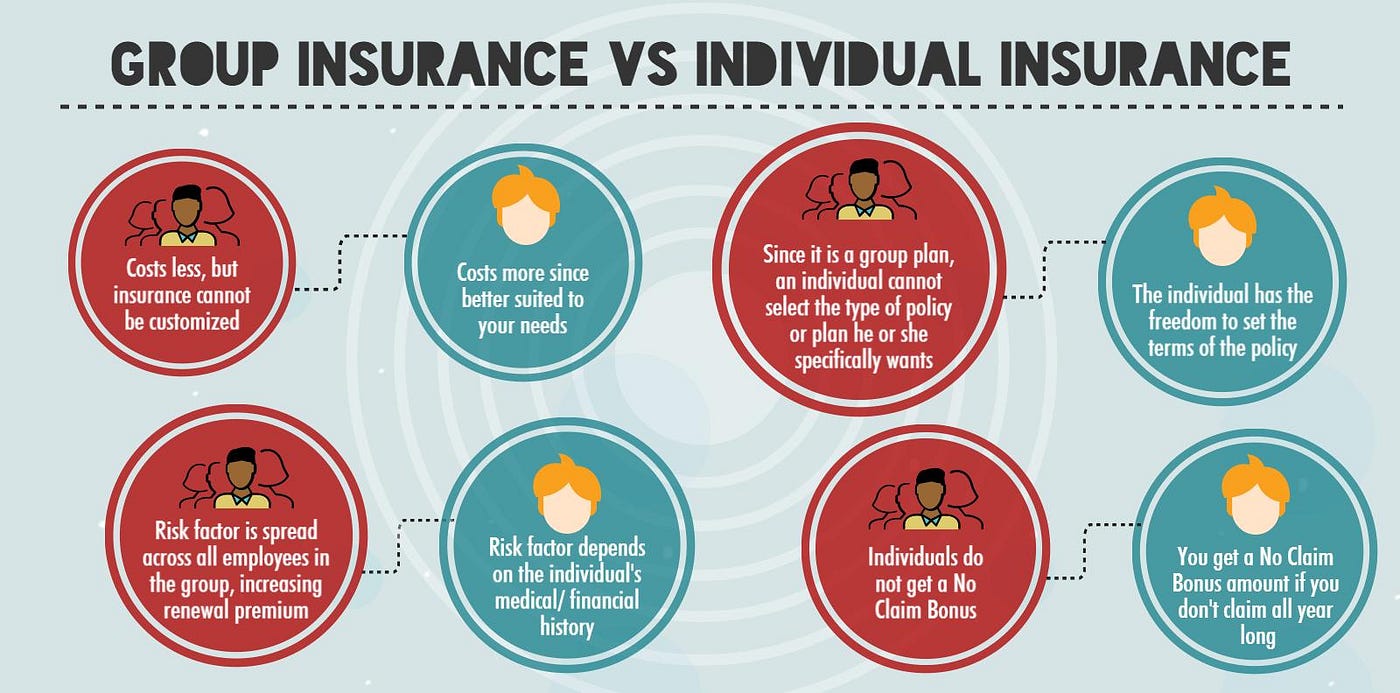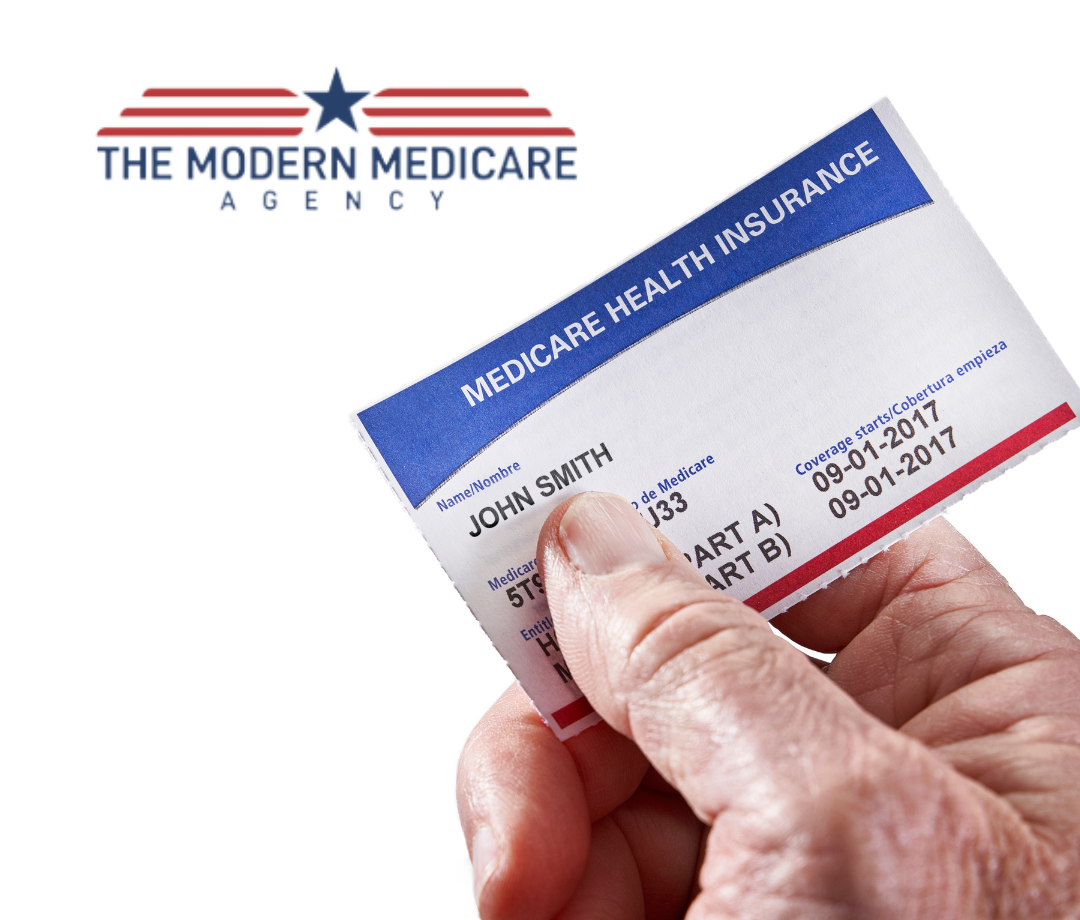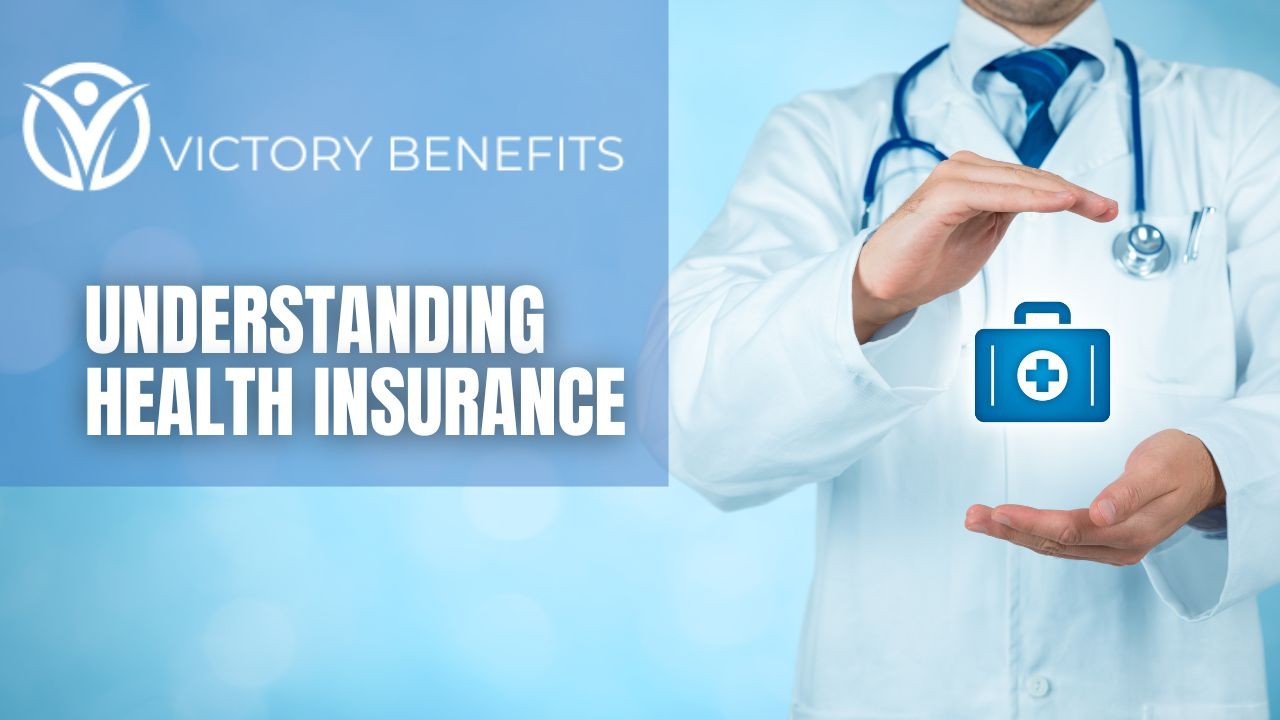Some Known Details About Medicare Advantage Agent
Some Known Details About Medicare Advantage Agent
Blog Article
The Medicare Advantage Agent PDFs
Table of ContentsMore About Medicare Advantage AgentThe Buzz on Medicare Advantage AgentSome Known Incorrect Statements About Medicare Advantage Agent


follows from confusing the puzzling young fairly profile of account uninsured with the better healthFar better health and wellness average, standard younger persons. For those without accessibility to office health and wellness insurance coverage, inadequate health and wellness is a possible barrier to acquiring nongroup protection due to the fact that such coverage might be highly priced, leave out preexisting problems, or be simply inaccessible. Unless or else noted, nationwide price quotes of individuals without health insurance policy and percentages of the population with different kinds of protection are based on the CPS, the most widely made use of resource of price quotes of insurance protection and uninsurance rates.

Little Known Facts About Medicare Advantage Agent.
The connection in between health and wellness insurance coverage and accessibility to care is well established, as documented later in this phase. The relationship in between wellness insurance policy and wellness results is neither direct nor simple, a substantial professional and wellness solutions research study literature links wellness insurance coverage
to improved enhanced accessibility care, better far betterHigh quality and improved personal and population populace wellnessStanding The 2nd record, on individual health end results for uninsured adults, is represented by the inner circle of the figure, while the third report, on family members health, encompasses the topics of the second record but emphasizes a different system of analysis, particularly, the family.
Moreover, it focuses particularly on those without any type of medical insurance for any type of size of time. The problems faced by the underinsured are in some respects similar to those encountered by the uninsured, although they are typically much less extreme. Uninsurance and underinsurance, however, entail distinctly different policy concerns, and the techniques for addressing them may differ. Throughout this study and the 5 reports to comply with, the primary focus is on persons without health and wellness insurance policy and therefore no assistance in spending for wellness treatment beyond what is readily available via charity and safety internet establishments. Medical insurance is an effective variable influencing invoice of care since both people and medical professionals reply to the out-of-pocket rate of services. Medical insurance, however, is neither necessary neither adequate to get to clinical services. The independent and straight impact of health and wellness
insurance insurance policy on access accessibility health services is well established. Others will acquire the health and wellness care they require even without medical insurance, by spending for it out of pocket or seeking it from companies that offer treatment free or at very subsidized rates. For still others, medical insurance alone does not make certain invoice of treatment due to various other nonfinancial barriers, such as an absence of healthcare companies in their community, minimal accessibility to transport, illiteracy, or etymological and social distinctions. Formal research regarding uninsured populations in the USA dates to the late 1920s and early 1930s when the Committee on the Cost of Healthcare produced a series of records concerning funding physician workplace gos to and hospitalizations. This concern became salient as the numbers of medically indigent climbed throughout the Great Depression. Empirical research studies constantly sustain the link between access to care and boosted health and wellness end results(Bindman et al., 1995; Starfield, 1995 ). Having a regular source of care can be considered a predictor of access, as opposed to a direct action of it, when health results are themselves made use of as gain these details access to indications. This expansion of the notion of gain access to dimension was made by the IOM Board on Keeping Track Of Access to Personal Healthcare Solutions(Millman, 1993, p. Whether parents are insured shows up to affect whether or not their children receive care along with just how much careeven if the kids themselves have insurance coverage(Hanson, 1998). The health of parents can influence their capability to care for their children and the level of household tension. Fretting about their children's accessibility to care review is itself a resource of anxiety for parents. Three chapters adhere to in this record. Chapter 2 supplies an overview of just how employment-based wellness insurance, public programs and specific insurance plan run and connect to offer comprehensive yet incomplete insurance coverage of the united state populace. This includes a testimonial of historical patterns and public plans influencing both public and exclusive insurance policy, a discussion of the interactions among the different kinds of insurance, and an exam of why individuals relocate from one program to another or end up

Report this page